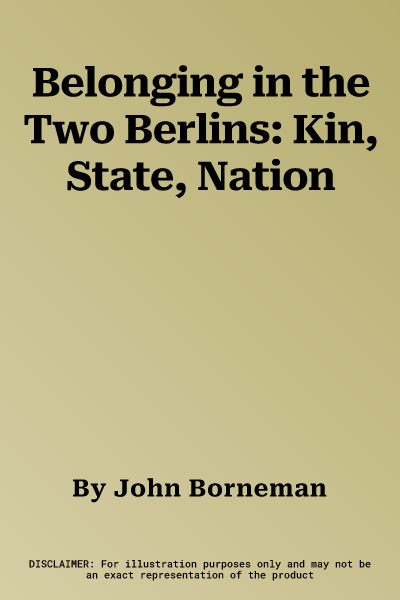John Borneman
(Author)Belonging in the Two Berlins: Kin, State, NationHardcover, 27 November 1992

Temporarily out of stock
Free Delivery
Cash on Delivery
15 Days
Free Returns
Secure Checkout

Part of Series
Cambridge Studies in Social and Cultural Anthropology
Part of Series
British Mycological Society Symposium Series
Print Length
406 pages
Language
English
Publisher
Cambridge University Press
Date Published
27 Nov 1992
ISBN-10
0521415896
ISBN-13
9780521415897
Description
Product Details
Author:
Book Format:
Hardcover
Date Published:
27 November 1992
Dimensions:
22.81 x
15.19 x
2.69 cm
ISBN-10:
0521415896
ISBN-13:
9780521415897
Language:
English
Location:
Cambridge
Pages:
406
Publisher:
Series:
Weight:
712.14 gm